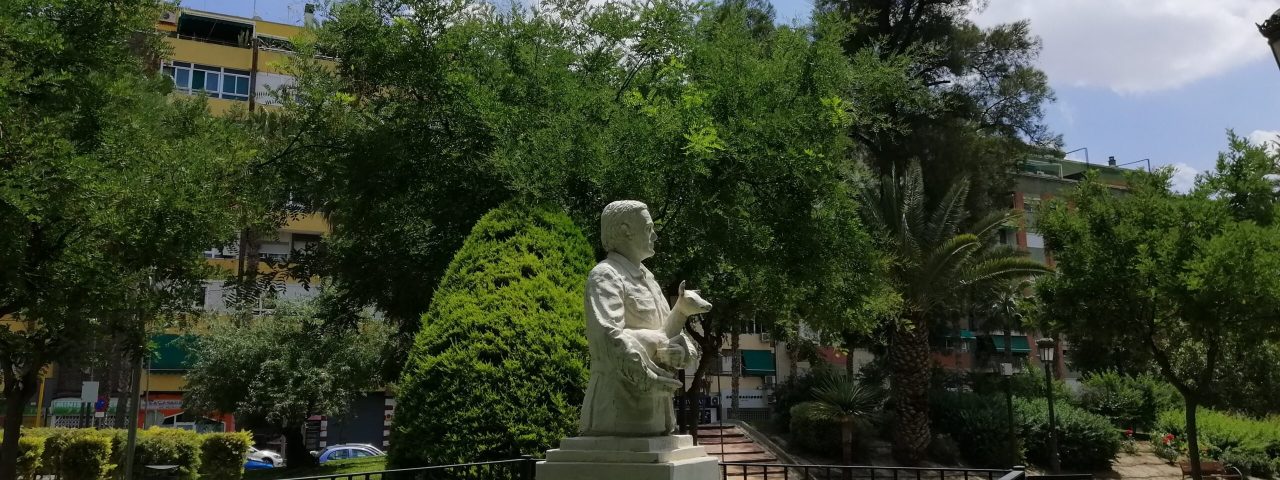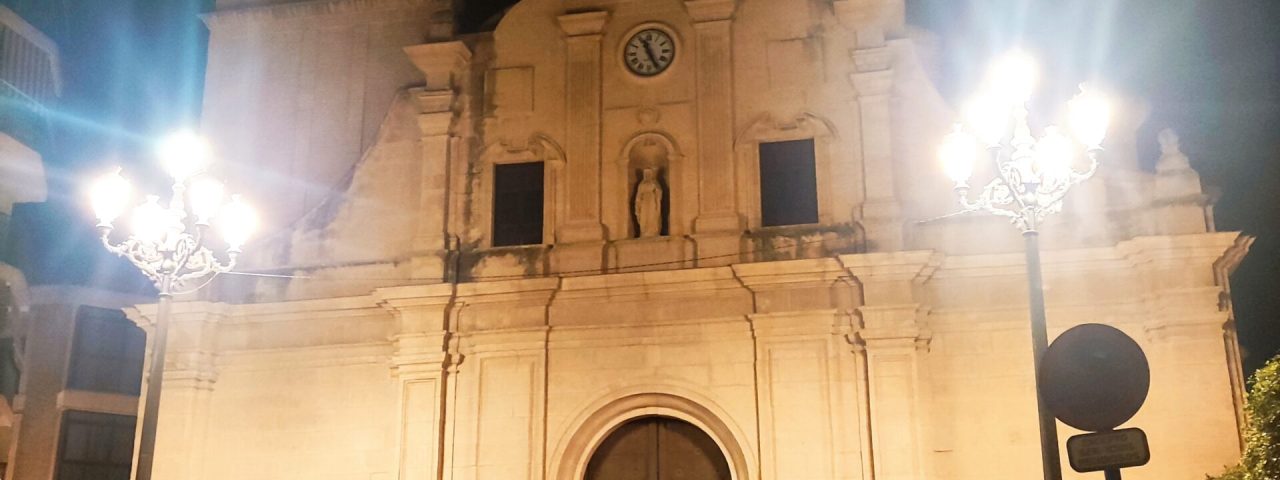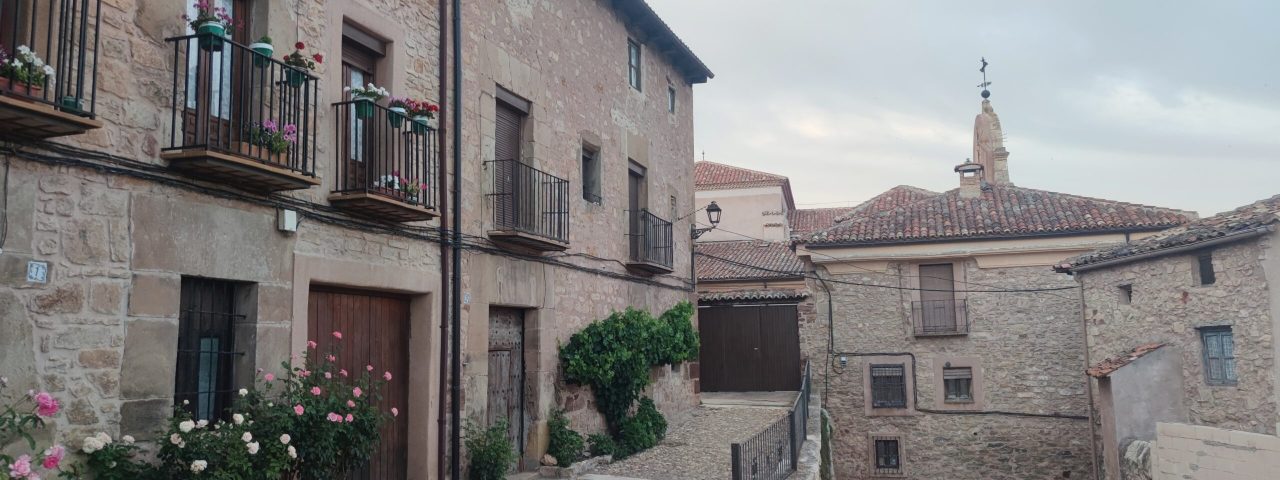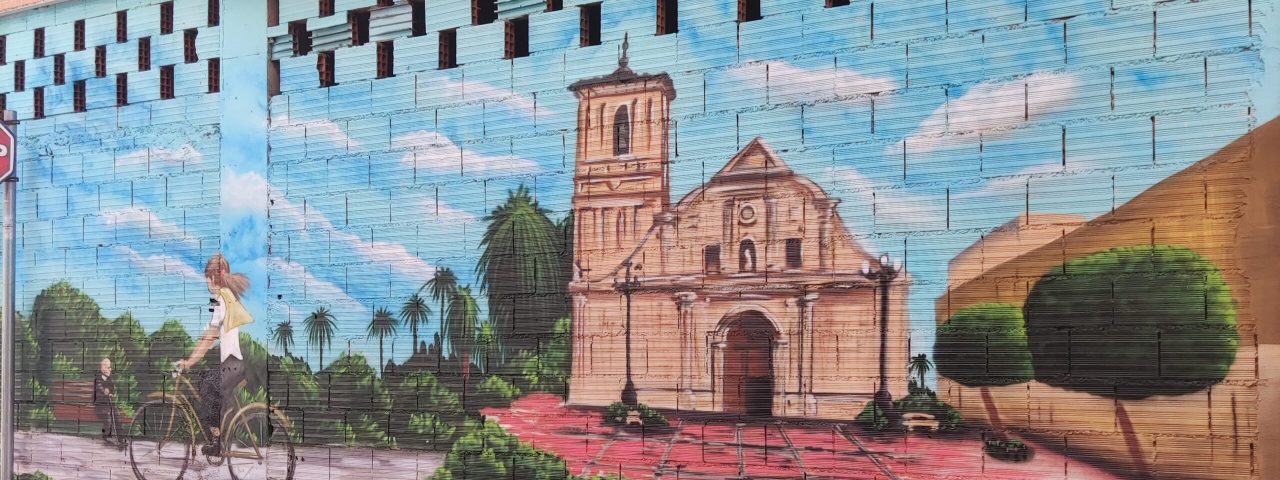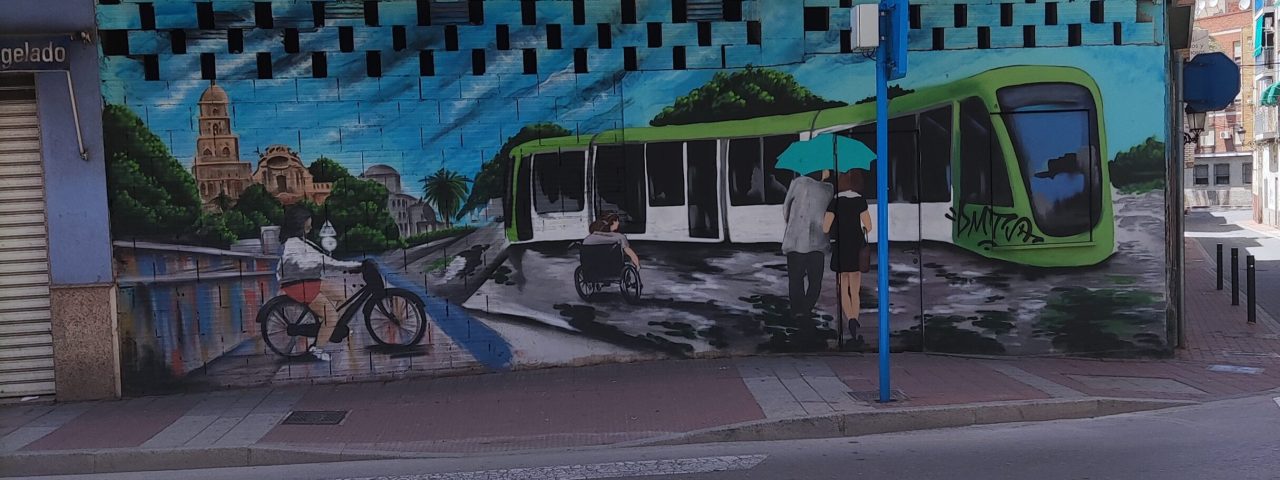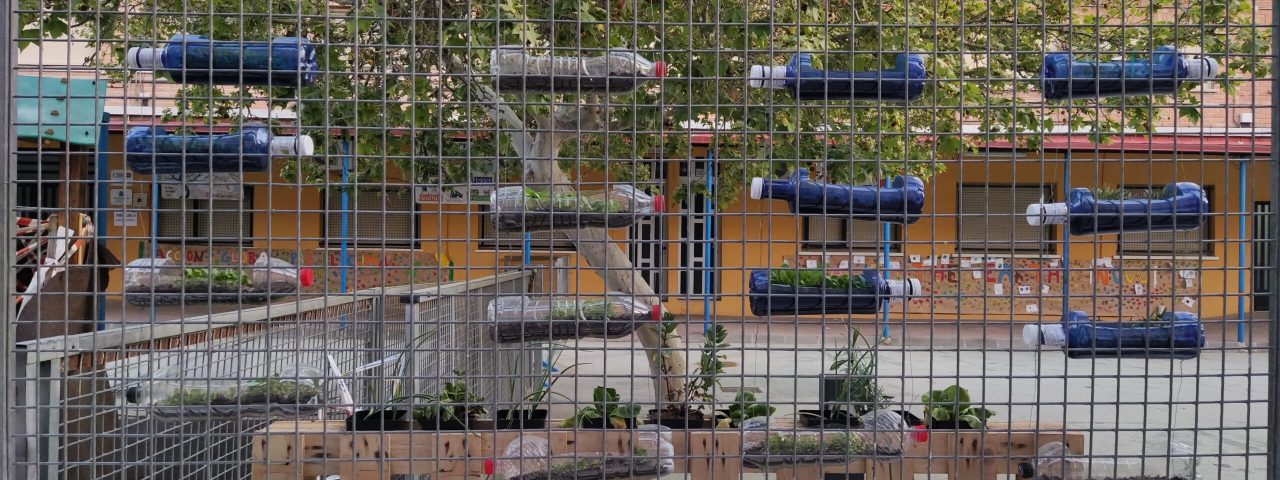Molina de Segura has a rich and diverse history that dates back to ancient times, with influences from the Romans, Moors, and later Christian conquests. The city’s name is thought to derive from the Latin “Mola,” meaning mill, due to the presence of watermills along the Segura River during Roman times. During the Moorish period, the city flourished as an agricultural center, and many remnants of this era, including irrigation systems and architecture, can still be seen today. After the Reconquista, it became a Christian stronghold, and much of its religious and cultural heritage stems from this period.
Culturally, Molina de Segura is a lively city that celebrates its traditions through numerous festivals and events. One of the most notable is the “Fiestas Patronales,” held in honor of the city’s patron saints in September, featuring parades, concerts, and fireworks. The “Semana Santa” (Holy Week) is another significant event, with processions and religious ceremonies that draw crowds from around the region. Local customs are strongly influenced by traditional Murcian culture, including music, dance, and religious practices that are still observed today.
The city is also home to several historical landmarks, including the Church of Nuestra Señora de la Asunción and the medieval watchtowers that once protected the city from invaders. These historical sites offer visitors a glimpse into the city’s storied past and its importance in the region’s development.



